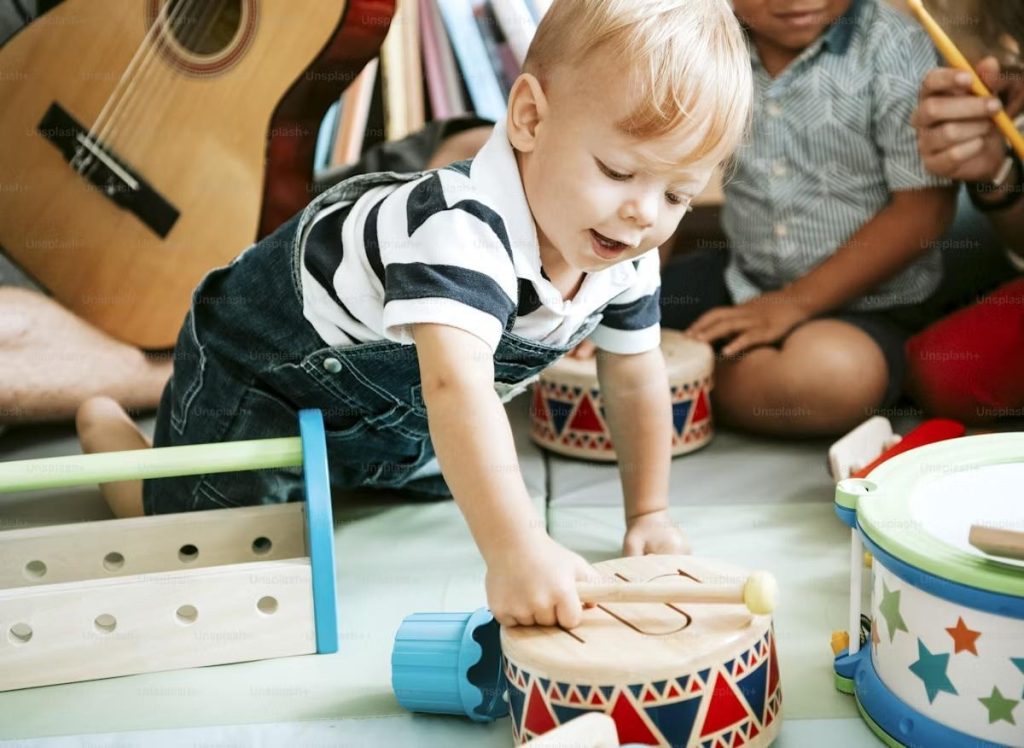
5 Tips To Choose The Right Preschool For Your Kids
Choosing the right preschool for your child is one of the most important decisions you’ll make as a parent. The early years lay the foundation for lifelong learning, social skills, and emotional development. A good preschool provides not only academic preparation but also a safe, nurturing environment where your child can grow with confidence.
With so many options available, it can be overwhelming to know which one is the right fit. Here are five essential tips to help you choose the perfect preschool for your little one.
1. Consider the Type of Toddler Preschool Program
When searching for a preschool, it’s important to understand the different teaching philosophies and programs available. Some preschools follow a structured academic approach, while others focus on play-based or Montessori learning. A toddler preschool should encourage exploration, creativity, and curiosity through age-appropriate activities.
Look for programs that balance fun with gentle learning — emphasizing social interaction, motor skills, and emotional growth rather than strict academics. The right preschool will make learning enjoyable while helping your child develop foundational skills in a stress-free way.
2. Evaluate the Curriculum and Teaching Style
A well-designed preschool curriculum should promote both cognitive and emotional development. Ask about daily schedules, lesson plans, and teaching methods.
The best preschools incorporate activities that nurture language, math, science, art, and social skills in an engaging manner. Teachers should encourage curiosity and hands-on learning instead of rote memorization. Additionally, find out how progress is assessed and communicated to parents. A transparent and holistic curriculum ensures that your child’s growth is both measurable and meaningful.
3. Assess the Teachers and Staff
Teachers play the most crucial role in shaping your child’s preschool experience. Look for qualified, patient, and caring educators who understand child development and know how to connect with young learners.
Observe how teachers interact with children — are they warm, attentive, and encouraging? Ask about staff-to-child ratios to ensure each child receives adequate attention. A supportive, nurturing teacher can make all the difference in how your child adjusts to a new environment and develops confidence.
4. Inspect the Learning Environment and Safety Standards
A preschool should feel welcoming, clean, and safe. Visit the classrooms, play areas, and restrooms to see if they are well-maintained and child-friendly. Check whether safety measures such as secure entrances, first aid kits, and emergency protocols are in place.
Outdoor play spaces should be fenced, and equipment must be age-appropriate. A high-quality learning environment promotes exploration while ensuring every child’s physical and emotional safety.
5. Prioritize Communication and Parent Involvement
Strong communication between parents and teachers is vital for a successful preschool experience. Choose a school that keeps parents informed through regular updates, meetings, or newsletters.
Many preschools also encourage parent participation in events or volunteer activities. This not only helps you stay engaged with your child’s progress but also fosters a sense of community. A preschool that values parental input ensures that you and the teachers work together to support your child’s development.
Conclusion
Finding the right preschool takes time, research, and observation — but the effort is well worth it. The ideal preschool should match your child’s personality, learning style, and developmental needs. Whether it’s a structured or play-based preschool, focus on programs that combine care, creativity, and education.
